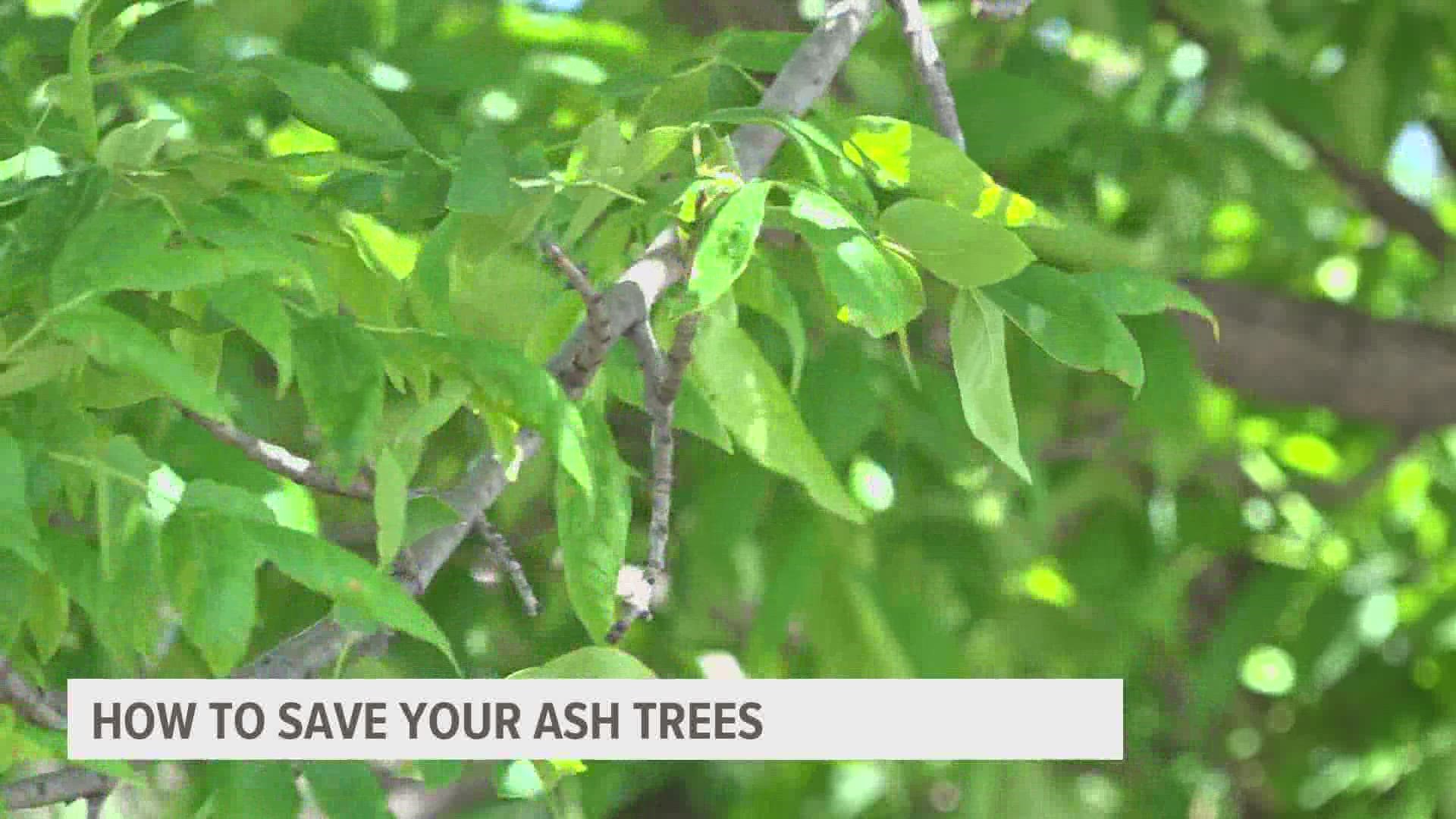DES MOINES, Iowa — As Iowans gear up to spend the next few months enjoying warm weather and exploring the outdoors, the chance of invasive species spreading is on the rise.
Earlier this month, Gov. Kim Reynolds announced that June is Invasive Species Awareness Month in Iowa. With over 17 million visits to Iowa parks last year and even higher turnout predicted for 2022, awareness about best practices concerning invasive species is important, said State Tourism Manager Amy Ziegler.
Familiar creatures like the emerald ash borer as well as newer species like the brown marmorated stink bug can be combatted with awareness, education and action.
Dr. Matthew O'Neal, an entomology professor at Iowa State University, said it's important for everyone to understand exactly what an invasive species is.
"Invasive species are things that are exotic to North America, to the United States, and can cause environmental and or economic harm. So this is a way of sort of separating out things that are exotic, like say, soybeans and honeybees, from things that are exotic and cause environmental harm, like the soybean aphid and kudzu," O'Neal said.
A press release from the Iowa Department of Natural Resources said June 2022 provides "an opportunity for government agencies, businesses, industries, conservation and recreation groups, and community organizations to join forces" against the spread of invasive species.
It is difficult for Iowans to tackle the issue of invasive species on a personal level because most of the spread of invasive species comes from international and domestic shipments, according to O'Neal. But that doesn't mean there's nothing to be done — small, everyday changes can help control the existing invasive populations.
Here is a list of ways Iowans can help out:
- Practice good hygiene when moving between waterways or soil types by washing your means of transportation and shoes. This makes sure nothing is hitchhiking with you.
- Burn firewood in the same state and county you bought it.
- Plant native wildflowers in your yard to encourage native species to thrive.
- Report any invasive species you see to the DNR.
- Volunteer for invasive species removal efforts.
- Make sure anything you buy for landscaping is not invasive.
"You might think, 'Oh, one canoe or one pontoon boat can't possibly be responsible for spreading whatever the new invasive species is for our water systems,' but compile it over multiple visits and multiple people, and that ends up being a significant source," O'Neal said.
For resources on which invasive species to look out for, check out the DNR's conservation page.

